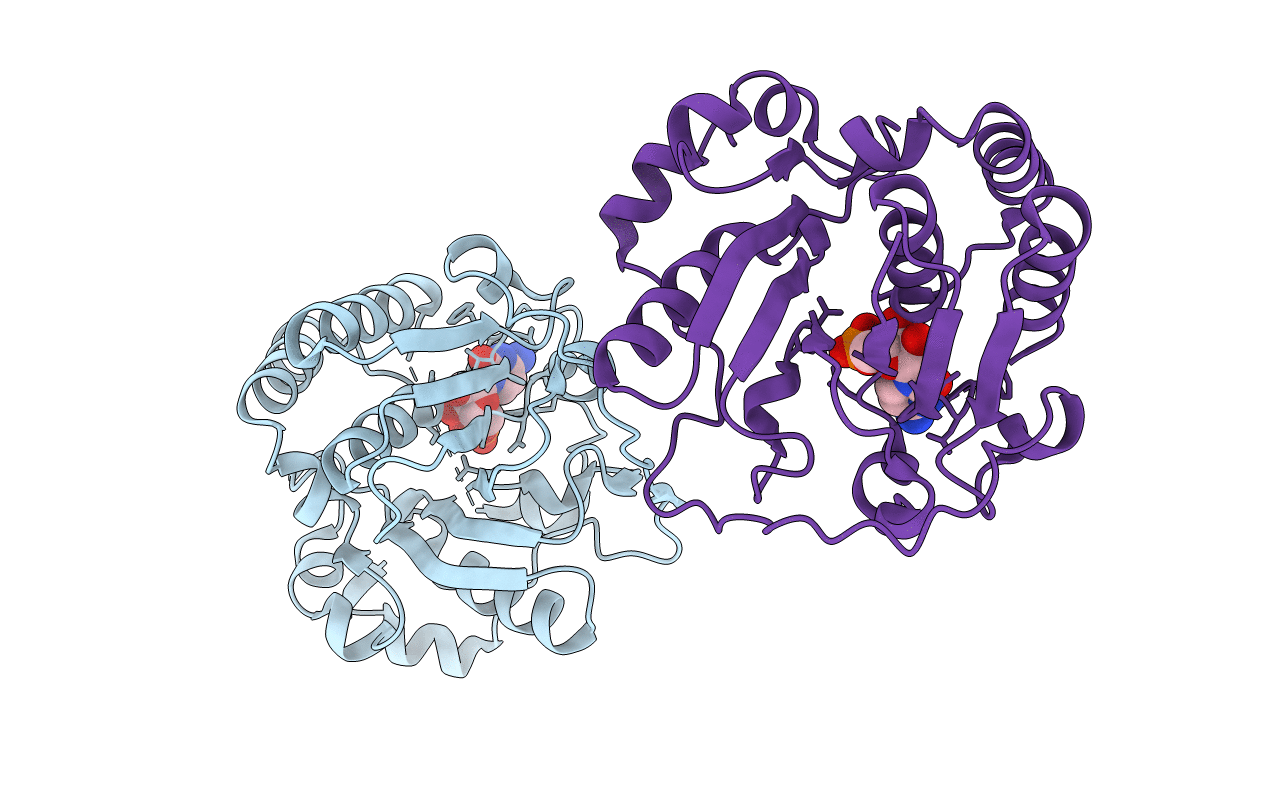
Deposition Date
2003-12-01
Release Date
2004-02-03
Last Version Date
2024-10-16
Entry Detail
PDB ID:
1RO8
Keywords:
Title:
Structural analysis of the sialyltransferase CstII from Campylobacter jejuni in complex with a substrate analogue, cytidine-5'-monophosphate
Biological Source:
Source Organism:
Campylobacter jejuni (Taxon ID: 197)
Host Organism:
Method Details:
Experimental Method:
Resolution:
2.05 Å
R-Value Free:
0.26
R-Value Work:
0.22
R-Value Observed:
0.25
Space Group:
P 4


